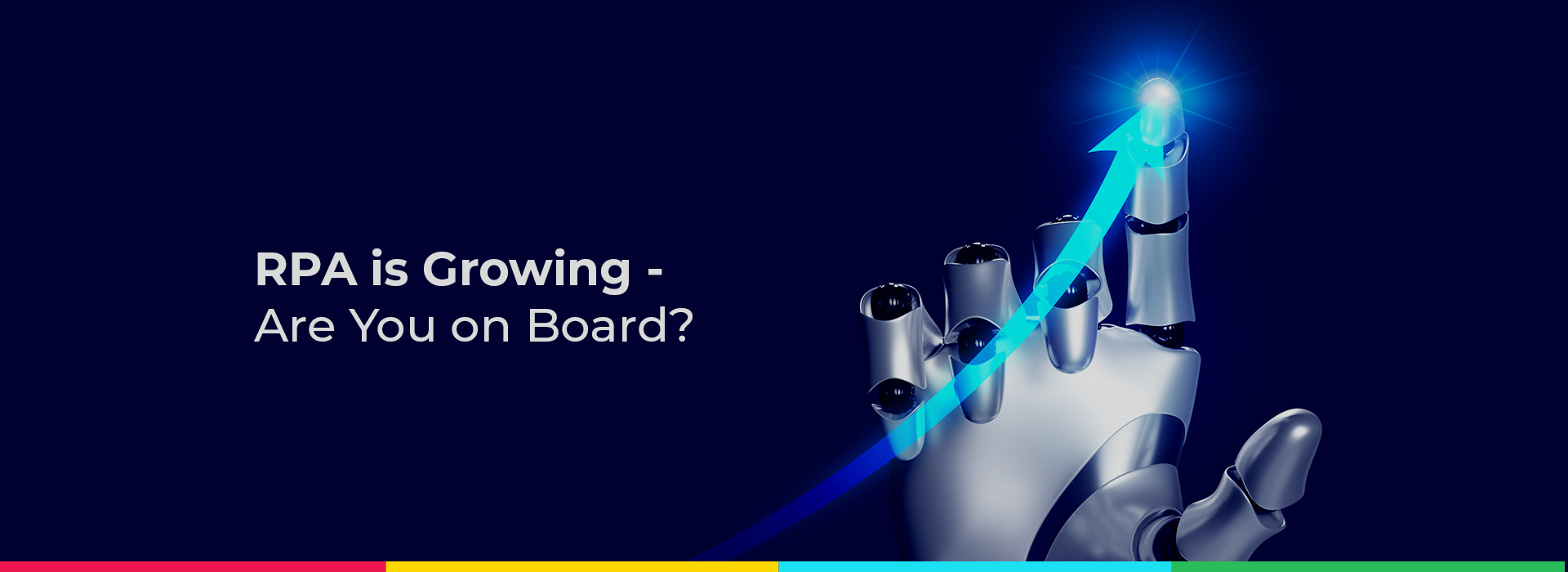
Blog
Using Chatbots for Logistics, Transportation and Supply Chain Management
Logistics keeps things ticking. When you really think about it, Logistics, Transportation, and Supply Chain Management is all about how best to keep physical goods flowing from source to destination with the least cost and friction at the largest scale. In many ways, it is the perfect complement to the IT sector who are really interested in the same thing but with digital data.
Some of the key factors in the success of a Logistics operation are:
- Harmonizing an operation of a lot of moving parts(all of which both produce a lot of data)
- Consuming a lot of perfectly up-to-date, real-time information on the status of other parts.
As such, it is no surprise that a strong informational backbone is one of the most important competitive advantages that a Logistics company can invest in.
In some ways, it is unintuitive to suggest that Chatbots could have a powerful role to play in this sort of informational backbone, but when you look at it from the perspective of integrating a lot of systems and components, of providing convenient access to real-time information, of facilitating communication, of accuracy, of availability then it is clear they have a lot to offer.
At present, when most people think of Chatbots and what kinds of areas they perform best in, marketing and customer service seem to be the ones that come up most often. And in fairness, in Logistics as elsewhere they do have a lot to offer.
Are Logistics Chatbots Currently Being Leveraged?
There are very few of those lucky companies who never have to market themselves. In an environment when online and web-based marketing become more and more important, while at the same time seem to be stagnating and not providing the expected ROI, Chatbots can be an important differentiator. They also have the advantage of access to the messaging apps where many users spend most of their time online, but which have so far been an exceedingly difficult arena to crack from a marketing perspective.
Likewise, and probably more importantly where Logistics are concerned, Chatbots excel in customer service roles. Logistics companies themselves are not the only party who expect to have real-time information on tracking their goods. Increasingly, customers expect this information to be up-to-date and accessible 24/7. Online trackers are important and valuable, but they can be kind of clunky compared with the chatbot experience, where accessing this information can be as simple as sending a text or message.
Logistics Companies the Leverage Chatbots
Notably, UPS seems to be leading this space with not only a web app, Facebook messenger, and Skype-based chatbot, but "skills" for Google Home and Amazon Alexa too. Using UPS’ chatbot interface, users can track packages, reschedule delivery, or find UPS locations.
There are a few key takeaways here. If you look at the kinds of tasks that the Chatbot is designed to take care of then a pattern emerges. As a rule, these are some of the simplest, most basic interactions that users can have with a company. For more complicated tasks or those that may involve more uncertainty or higher stakes in the users’ subjective experience (e.g., troubleshooting a lost package, or certain billing actions), it is likely that most users would prefer to speak with a human agent.
On the other hand, when dealing with simple, straight-forward tasks then the situation is most often reversed. When users must jump through hoops to access basic information like locations, package information, or simple FAQ questions, even well-meaning customer-service systems that are meant to facilitate this information transfer, or perhaps a poorly designed web-interface that takes too many steps to navigate, can all make users feel like they are being “gate-kept” from information to which they feel entitled to have quick access.
Chatbots buck this pattern because of their availability and convenience. They are self-service, and by situating themselves on the messaging apps that are already used day-to-day, they bring the information to the user, not the other way around. These qualities, taken together, restore a user's sense of agency, while still being helpful and friendly. Users get quick access to the information that they need with little fuss.
Business Benefits of Logistics and Supply Chain Management Chatbots
On the business side, there are huge gains to be had. These simple queries often make up 80-90% of the overall volume of requests for assistance and take up an inordinate amount of time and effort to address. This is bad enough in itself, but it is arguably worse that these types of small repetitive requests introduce a lot of "noise" into any system designed to deal with them.
It can be extremely difficult to prioritize and manage requests for assistance when a system or team is constantly dealing with a massive backlog of requests. It can also be difficult to be “present” for consumers and get to the heart of their serious problems when your representatives know that while they are dealing with one customer, the backlog of small issues is always growing. These types of interactions add little in the way of value to companies and managing them has a way of sucking up attention and resources.
In the customer service arena, this is already well-understood, and Chatbots are already a battle-tested tool in reducing these kinds of issues. What is sometimes missed is how useful this principle is when applied to other internal operations as well. As a developer with experience putting these types of solutions in place, I have seen first-hand how powerful this can be, and I don't think there are many fields where this has the power to be quite as transformative as in Logistics.
Logistics Chatbot Example
To take our most recent example, we recently implemented a pilot program for creating a "Virtual Operator Assistant" for helping shipping operators file Importer Security Filings (ISF) with U.S. Customs in an automated fashion. The process of filling out the forms for this filing is time-consuming and repetitive. The costs related to any errors are also extremely high. At times, the resolution of information can be quite complicated and require expert attention. For most cases, however, the whole process is as simple as taking the necessary information out of one system and manually inputting it into another. This kind of manual reproduction of data is rife for mistakes and errors, and while there are exceptions, by and large this type of task simply steals the operators' time and attention and gives little back to the business.
Our solution involved a Chatbot based in MS Teams, integrated with both the company's existing systems, and with a Robotic Process Automation (RPA) component which could handle a lot of the heavy lifting. The “Virtual Assistant” could work with the user to get the most easily accessible and basic information about a shipment, it would search for the rest of the information in the company's systems on its own, then validate it, and if it had enough information to complete the filing by itself it would pass this off to an RPA robot which could fill out the form on the operator’s behalf. All the operator had to do was wait for an email confirming that the process completed successfully.
By basing this on Teams, we were able to make it so that operators didn't have to download another application or learn another system. With a "Conversational User-Interface", users can engage in normal human conversation over messaging apps to communicate effectively with the new solution without extra training.
Moreover, it is convenient. Imagine this scenario: you are an operator chatting over teams with your manager who asks you whether a particular ISF was filed. You aren't sure but sending a message to the Chatbot to check is only a click away. You find that it hadn’t been filed yet, so you send the bot the shipping number and in less than a minute, it has been submitted for filing. You then message your boss telling them that the filing is in process. And the best part… it was all done from the same messaging application.
By making things this seamless, you make sure they get done. By making sure users don't have to switch applications or contexts in order to accomplish their goals, they can accomplish them quickly, and then move on to the things that really deserve their time and attention. This is just one example, but similar ones can be found everywhere, from shipping, to trucking, to warehouse management, administrative work, and others. There are numerous instances where the pathways for the flow of valuable information doesn't align quite right, and higher cost and increased liability is the consequence.
Let NITCO Implement Chatbot Solutions for Your Supply Chain Management Processes
Logistics and Transportation stands out as a field in which friction and misalignment, whether in transporting physical goods or digital information, incurs great expense. Chatbots can be a powerful tool in reducing that cost because there is often no greater disconnect than the one between human and IT assets. Chatbots are one of the most powerful and seamless tools for bridging that divide.
For more information about Chatbot solutions, or to learn how NITCO, Inc. can help achieve your goals through better technology, contact us today at YourDigitalTechnologyPartner@nitcoinc.com.




 US Headquarters
US Headquarters India office, Hyderabad
India office, Hyderabad